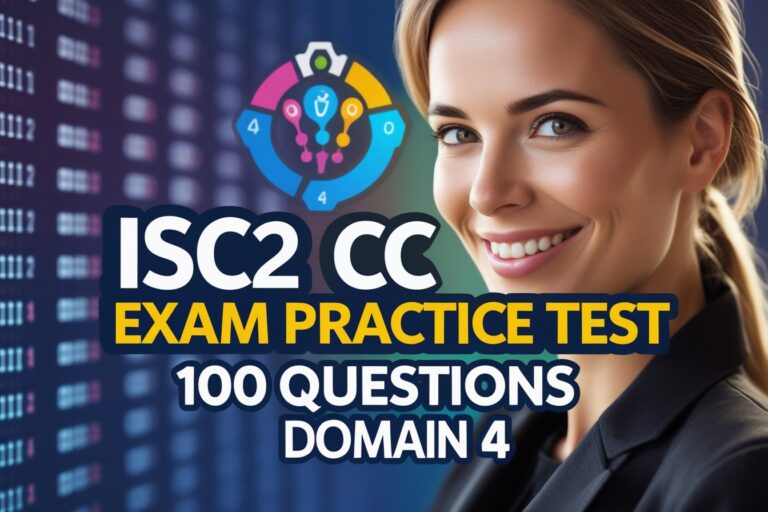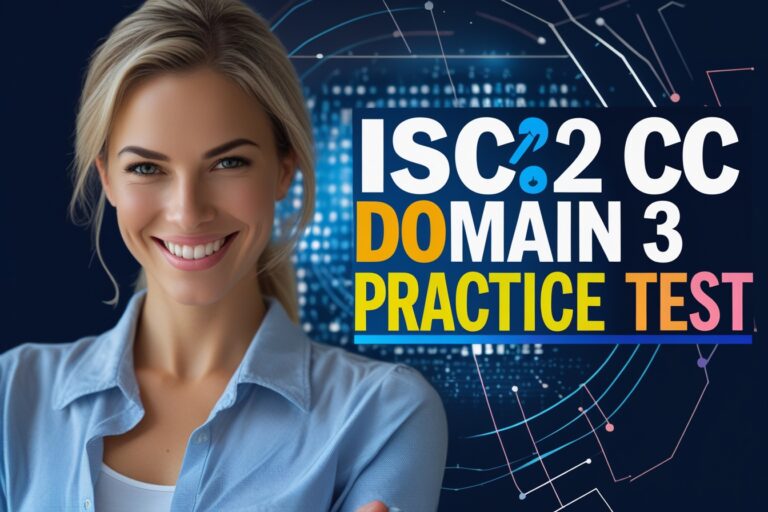1) If the transaction is rolled back, all the database changes made inside the transaction are ……
A. made permanent
B. made temporary
C. copied to the log
D. undone
2) Which of the following is not a property of transactions?
A. Atomicity
B. Concurrency
C. Isolation
D. Durability
3) A ……… ensures that transactions are performed as expected.
A. transaction processing monitor
B. transaction procedure monitor
C. isolation monitor
D. transaction log
4) A transaction that completes its execution successfully is said to be …….
A. committed
B. rolled back
C. partially committed
D. Aborted
5) …….. means that a transaction must execute exactly once completely or not at all.
A. durability
B. consistency
C. atomicity
D. isolation
6) Assume transaction A holds a shared lock R. If transaction B also requests for a shared lock on R.
A. It will result in a deadlock situation
B. It will immediately be rejected
C. It will immediately be granted
D. It will be granted as soon as it is released by A
7) ……….. means that when it ends, a transaction must leave the database in a consistent state.
A. Data isolation
B. Data duration
C. Data consistency
D. Data non-reputability
8) The number of transactions executed in a given amount of time is called ………
A. utilization
B. execution rate
C. throughput
D. atomicity
9) Isolation means ……
A. transaction must not interfere with each other
B. transaction must interfere with each other
C. transaction must be in a consistent state
D. transaction must be executed immediately
10) Which of the following ensures the atomicity of the transaction?
A. Transaction management component of DBMS
B. Application Programmer
C. The concurrency control component of DBMS
D. Recovery management component of DBMS
11) …….. means that a transaction must make its changes permanent to the database ends.
A. isolation
B. locking
C. durability
D. consistency
12) Throughput means
A. number of transactions that are committed in one hour
B. number of operations in a transaction
C. number of transaction that can be aborted in a given amount of time
D. number of transaction that can be executed in a given amount of time
13) …….. deals with individual transactions.
A. isolate transactions
B. transaction recovery
C. system recovery
D. media recovery
14) The part of a database management system which ensures that the data remains in a consistent state is
A. authorization and integrity manager
B. buffer manager
C. transaction manager
D. file manager
15) ……… protocol is used to perform multiple transactions that execute on a different database.
A. commit
B. two-phase lock
C. two-phase commit
D. locking
16) A transaction can do read and write operation on a data item when it acquires ……
A. read mode
B. exclusive mode
C. shared mode
D. write mode
17) In ………. one transaction overwrites the changes of another transaction.
A. uncommitted read problem
B. lost update problem
C. update lost problem
D. dirty read problem
18) Isolation of the transactions is ensured by
A. Transaction management
B. Application programmer
C. Concurrency control
D. Recovery management
19) In a dirty read problem …….
A. one transaction reads an uncommitted value of another transaction
B. one transaction reads the committed value for another transaction
C. one transaction reads another transaction
D. one transaction commits another transaction.
20) A transaction can do only read operation and not write operation on a data item when it acquires ……. lock.
A. read mode
B. exclusive mode
C. shared mode
D. write mode
Answers:
1) D. undone
2) B. Concurrency
3) A. transaction processing monitor
4) A. committed
5) C. atomicity
6) C. It will immediately be granted
7) C. Data consistency
8) c. throughput
9) A. transaction must not interfere with each other
10) A. Transaction management component of DBMS
11) C. durability
12) D. number of transaction that can be executed in a given amount of time
13) B. transaction recovery
14) C. transaction manager
15) C. two-phase commit
16) B. exclusive mode
17) B. lost update problem
18) C. Concurrency control
19) A. one transaction reads an uncommitted value of another transaction
20) C. shared mode
Read Next: Solved MCQ on Transaction Management in DBMS set-2
Read More: Collections of DBMS MCQ questions
Download: Free PDF E-book of DBMS MCQ questions







